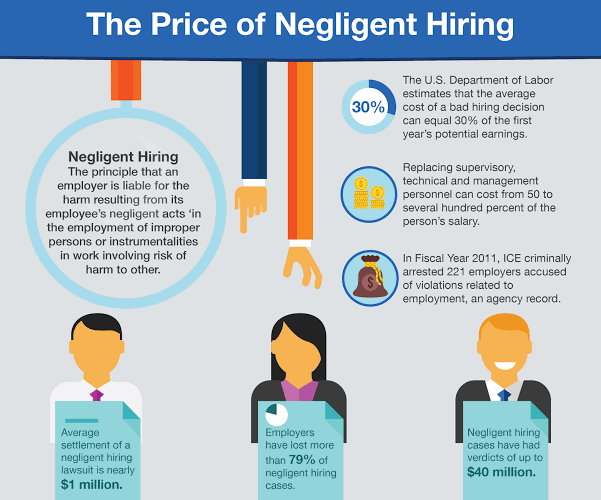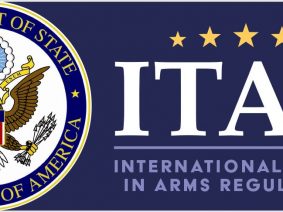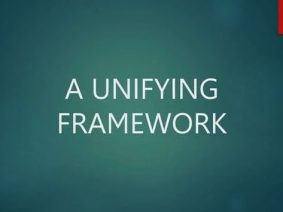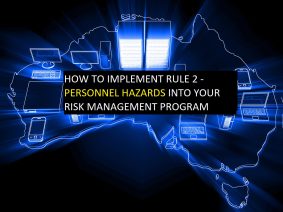Is ignoring a candidate’s digital footprint negligent hiring?
Social media screening in the hiring process is now commonplace. We understand its usefulness in protecting employer brand and business reputation. But we’re also aware of its hidden dangers, potential biases, and legal traps.
World governments have differing stances on the practice. Some search the internet to screen foreigners applying for work or study visas. Others, such as the EU, are advising businesses to refrain from using social media screening in their hiring processes. In Australia, the Australian government has recommended that suitability checks occur prior to offering a letter of employment and we know that social media screening is about the suitability of the candidate.
- Q. Are social media searches for pre-employment screening risky? Yes, because they can reveal personal, potentially bias-creating information—such as sexual orientation, gender identification, race, religion, nationality, and political affiliation—that legally cannot be used in employment decisions.
- Q. Is not conducting pre-employment social media screening risky? Yes, because the essence of preemployment screening is to confirm the candidate is fit and proper, can be trusted or has integrity. If you ignore relevant, obvious information relating to candidate’s integrity, it could be to your company’s detriment.
A proper search looks for these:
- Indications of inappropriate use of alcohol or drugs.
- Engaging in criminal activity or deliberate rule violations.
- News articles or media profile obtained through circumstances that may bring reputational harm.
- Attitudes favouring inappropriate disclosure of sensitive or otherwise confidential information, the misuse of information technology systems and/or wilfully contravening of rules or regulations governing the handling of sensitive information.
- Indications of poor reliability or trustworthiness such as flagrant dishonesty, consistent tardiness and absenteeism.
- Deliberate participation in or endorsement of ideological motivations that are anti-democratic, anti-rule of law or otherwise fundamentally undermine the rights of others to live in a free society.
- Indications of significant associations, activities or attitudes that draw into question the subject’s loyalty to Australia.
- Appearing susceptible to, or easily succumbs to, groupthink or other conformity pressures (such as situations where the candidate continues to support dialogue that becomes intolerant, discriminatory or otherwise cruel).
- Images or information indicating impulsive or ostentatious purchases that suggests poor financial management, or indications the candidate is living above and beyond their financial means.
What you can be sure of is that an untrained screener who discovers adverse information, as exemplified above, has the capacity to incorrectly evaluate the results. They discount the information or discount the candidate. Both mean substandard screening practices.
Understandably this is why thought leaders in the preemployment sector, and some recruitment experts are worried –or at least cautious– about adopting social media screening.
A third solution – a way forward:
Cleard Life is popularising what many in the government call the “whole-of-person protocol” within their pre-employment assessment results. This protocol evaluates the candidate’s suitability by considering the totality of the candidate’s conduct, life and all their circumstances in a fair, open, honest way.
This includes:
(1) the nature, extent, and seriousness of the result;
(2) the circumstances surrounding the result including knowledgeable participation;
(3) the frequency and recency of the result;
(4) the individual’s age and maturity at the time of the post or result;
(5) the presence or absence of change and other permanent behavioural changes;
(6) the motivation for the post or result;
(7) the potential for pressure, coercion, exploitation, or duress; and
(8) the likelihood of continuation or recurrence.
Cleard Life is committed to helping employers make better hiring decisions and to mitigate risk. We do this by automating the candidate background interviewing & assessment process via an easy to use, mobile-ready, fully reportable, cloud-based platform.
What is unique to Cleard Life is that any and all adverse information that is gathered – via digital footprint checks – or police checks – or referee reports etc – are all filtered through this Whole of Person protocol. It means consistent standards are applied. And because Cleard Life uses machine learning and explainable augmented intelligence, the results are better, fairer, faster and cheaper.
Conclusion:
Ask your background screening person, personnel section or third-party contractor if they use the Whole of Person protocol in their work. If not, are you opening yourself up to negligent hiring risks?
Part 2:
Preemployment ‘Best Practice Guide’ for Social Media Screening.
Read more:
https://www.cleard.life/at-a-glance-what-we-do/
https://www.cleard.life/pushback-we-dont-require-your-background-vetting-service/






